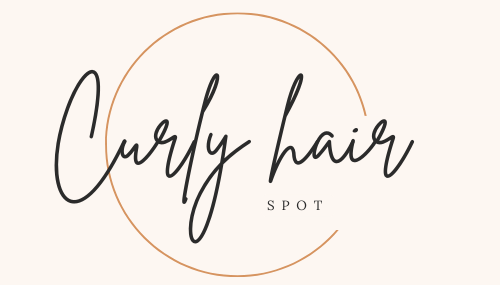Introduction
Step into the intriguing realm of curly locks! This guide will unravel the scientific wonders behind those spiraled tresses. By grasping the elements that give rise to curly hair, we can enhance our hair care routines and truly appreciate our innate hair patterns.
Delving into Hair’s Anatomy
To truly appreciate the nature of curly locks, we must first dissect the fundamental anatomy of hair. Hair primarily consists of three pillars: the hair shaft, the follicle, and the protein keratin. The shaft is the part we see and style, emerging from the scalp, while the follicle is its growth chamber. Keratin, a robust protein, gives hair its resilience and flexibility.
The follicle’s shape is pivotal in dictating hair texture. Curly locks often spring from oval or irregularly shaped follicles, while straight strands grow from round ones. This follicular difference influences the growth direction, leading to either curls or straight lines. Moreover, the keratin distribution within the shaft also impacts curliness. In curly hair, keratin is often dispersed unevenly, leading to natural twists.
Individual variations in hair anatomy are vast. Elements like genetics, ethnicity, and even daily habits can sway the follicle’s shape and keratin distribution. This rich diversity in hair anatomy is what gifts each of us with our unique and stunning curls.
The Genetic Blueprint of Curly Locks
Our DNA plays a pivotal role in hair texture determination. Specific genes dictate attributes like hair density, texture, and curliness. Intriguingly, the curly hair gene is dominant over its straight-haired counterpart. This dominance means that inheriting the curly gene from just one parent can result in curly locks.
Ethnic backgrounds also play a role. For instance, African heritage often leads to tight curls, while Asian lineage typically results in straighter strands. However, every ethnic group has a wide genetic palette, leading to a myriad of hair textures.
Decoding Curl Formation
Understanding hair growth and the science behind curl creation is paramount for optimal curly hair care. Hair growth operates in three stages: anagen (growth), catagen (transition), and telogen (rest). The follicle’s shape and protein distribution, as previously discussed, are central to curl creation.
A closer look reveals that hair proteins, especially the disulfide bonds in keratin, are crucial for curl shape. These bonds, which link sulfur atoms in keratin, provide the framework for curls, dictating their tightness and pattern. Other proteins, like KAPs and IFPs, also play roles in curl maintenance and formation.
Curly Hair Care: Tips Rooted in Science
Understanding hair porosity, or its ability to retain moisture, is a cornerstone of curly hair care. A simple water test, where a hair strand’s floating or sinking reveals its porosity, can guide your hair care choices. Hydration is key for curly locks, so products like leave-in conditioners, hair oils, and deep treatments are essential. Avoiding heat and chemicals that rob hair of moisture is also crucial.
Environmental Impact on Curly Locks
Environmental factors, from humidity to cold, can reshape curly hair. In humid conditions, anti-frizz products and oils can be lifesavers. Conversely, colder climates demand increased hydration and protection against dryness. For more information visit our seasonal guide to curly hair care.
Celebrating Curly Locks: A Natural Wonder
Curly hair is a testament to nature’s diversity. By understanding and catering to its unique needs, you can showcase its beauty. Techniques like diffusing, finger coiling, and using silk pillowcases can elevate your curls, making them a true crowning glory.
Conclusion
In essence, the allure of curly locks lies in the intricate blend of science, genetics, and care. By embracing science-backed hair care practices and understanding our hair’s unique needs, we can cherish and flaunt our curly wonders.






